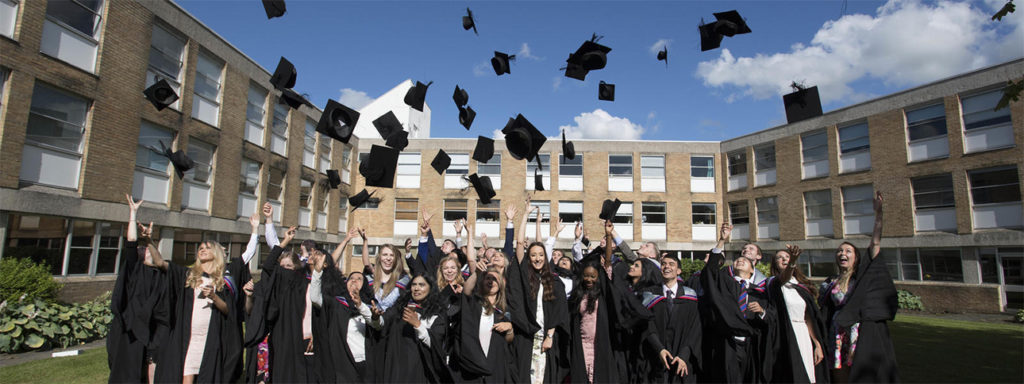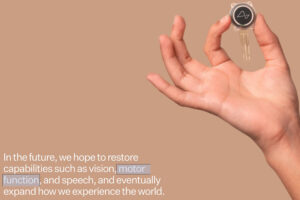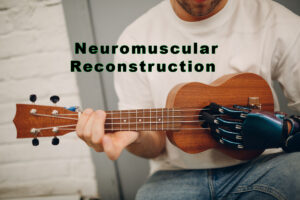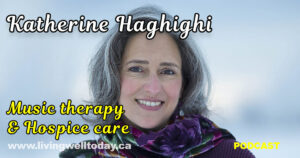Primary and secondary education is freely available and mandator in Canada. For children and young adults who have various disabilities support programs now exist to ensure they too have the opportunity to acquire an equitable educational experience. Although there certainly is room for improvement, especially for those with communication challenges related to the inability to speak, or who use ACC devices to do so.
Prior to the1980’s many elementary and high schools were segregated, separating children with disabilities from those who did not have disabilities. It was not uncommon for example to have an entire school dedicated to teaching children who were blind. In fact, many such institutions also housed children, thereby removing them from their immediate family members.
Changes brought about by the International Year of the Disabled Person resulted in dismantling this type of educational segregation, and instead, a philosophy referred to as mainstreaming was introduced. Classrooms now began to integrate and include children with disabilities. In order to implement this evolutional change, attitudes shifted within school boards and a concentrated effort supported by financial resources made alterations to buildings and employed educational support personnel.
Children no longer had to fit a ridged educational program structure, instead, programs were modified to fit different learning and physical abilities. Mainstreaming, for the most part, has proven to be successful and as a result, progressed and expanded into the institutions of higher levels of education. Colleges and Universities were supported financially by the government and required to implement offices and services dedicated to supporting the learning needs and physical requirements of students with various disabilities. Standards of education were not reduced or waived in favour of those with disabilities but rather programs and supports were designed to assist and make achievements possible; thereby ensuring equitable access to education for all students.
To date, the only category of disability that is not supported within higher levels of education is limited to those with communication challenges, for example, the deaf population. Many deaf students from Canada still must access a college/university education from Gallaudet University located in Washington, DC, in the United States. However, the evolution to support students with all types of disabilities continues to progress.











